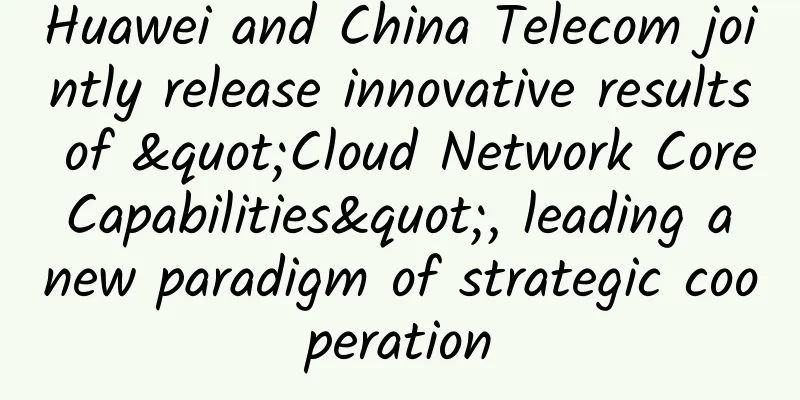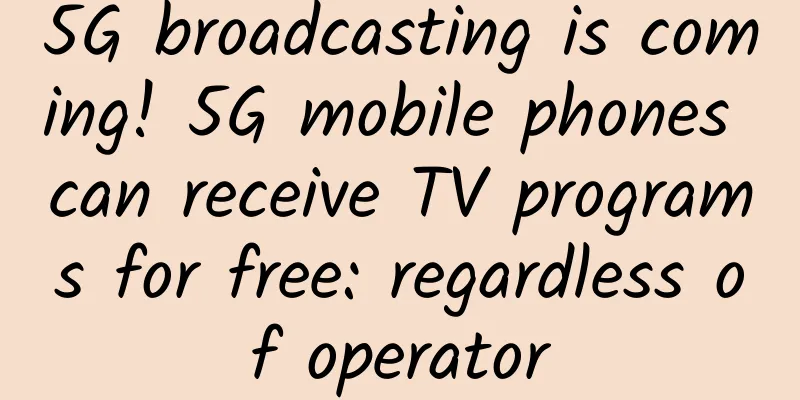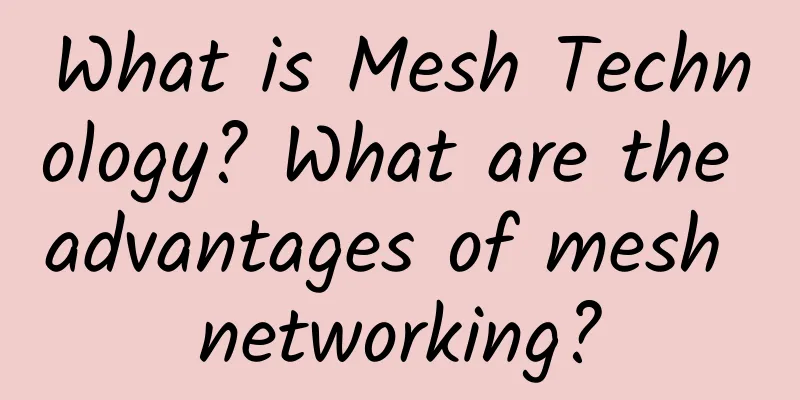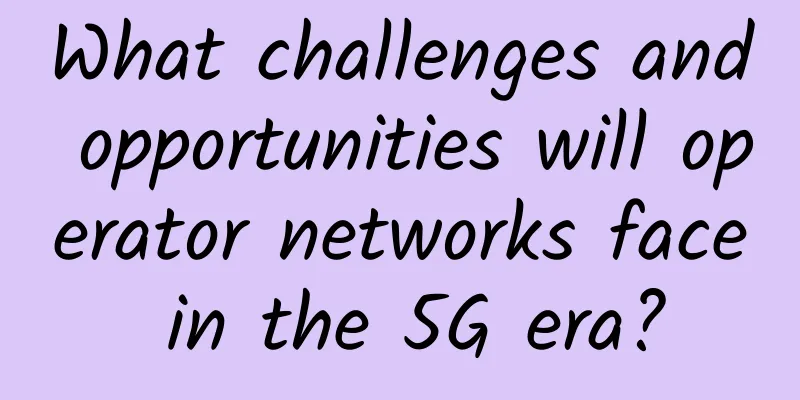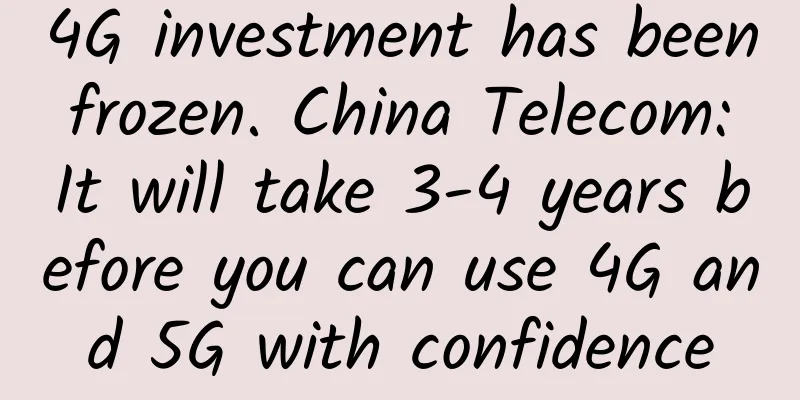As 5G price war begins, US operators also adopt "Internet thinking"

|
After taking the lead in the world in 5G network and market operations, the US operator market has begun to enter a real fierce battle. Among the three major operators, apart from T-Mobile and Sprint, which are worried about mergers and acquisitions, the one who is laughing the most and fighting the most fiercely in price wars is Verizon Communications.
5G brings great benefits to operators Last Friday, Verizon, the largest telecommunications operator in the United States, released its latest financial report. The company's third-quarter profit and revenue exceeded Wall Street expectations, and the company added 615,000 postpaid customers in the third quarter, which was also higher than the 527,000 expected by analysts. Verizon's third-quarter earnings per share were $1.25 and revenue was $32.9 billion, up 0.9% from the same period last year. Wall Street had expected the company's third-quarter revenue to be $32.75 billion and earnings per share to be $1.24. Obviously, the launch of 5G is a major positive for Verizon. Verizon, which has delivered a dazzling report card, recently said that its wireless business revenue reached $23.6 billion, a 2.6% increase over the same period last year. It also launched four new package plans in the fourth quarter, including unlimited data packages starting at $35, in order to attract more new users to join its camp. Verizon CEO Hans Vestberg said recently that the launch of 5G and wireless technology will make the company more "dynamic" in the fourth quarter. Verizon announced a series of new unlimited data plans at the end of August and cut $5 from the price of its existing plans: its main basic plan was originally $75, now $70; the most expensive high-end plan was also reduced from $95 to $90. The purpose of Verizon's move is obvious: to attract more users with lower prices, so that they will switch to unlimited traffic services and abandon their original network service providers. What the company didn't say was that Verizon's unlimited data plans actually have a data cap. If this threshold is reached, Verizon will reduce transmission speeds during network congestion to limit the user's data traffic. Not long ago, Verizon launched 5G services in two cities in the United States (Dallas and Omaha), which makes it provide 5G network services in at least a dozen cities. Verizon said that 5G applications are a boon for many customers because they can download super large files, such as movies and entire seasons of TV shows in a few seconds; the company is also preparing to deploy 5G in more than 30 cities across the United States by the end of 2019 to serve more users. According to research firm Statista, by 2021, the number of users using 5G in major cities in the United States will reach 20 million to 100 million. Verizon has already tasted the sweetness of user growth due to its vigorous promotion of 5G network construction. According to data from research firm FactSet, the company added 615,000 postpaid users in the third quarter, higher than the 527,000 estimated by analysts. Analysts are more concerned about the impact of postpaid customers on the company's operations. They have more "monetary" value to operators and are often more "loyal" to operators than prepaid customers. However, contrary to a prediction by market analysts and earlier judgment that 5G would boost the media business, Verizon's media division revenue fell 2% from the same period last year to US$1.8 billion. Verizon recently sold its social media platform Tumblr as part of a revamp of its media division, Verizon Media, which owns media including Yahoo, The Huffington Post and TechCrunch. Perhaps Verizon's strategy of focusing on its core wireless business has led to its lack of success in the media business, in stark contrast to AT&T. AT&T is also working on 5G network-related businesses. Its number of new postpaid mobile phone users in the third quarter also exceeded analysts' expectations, mainly because the wireless operator's media content bundled with its mobile phone business attracted a large number of new customers. AT&T was the first to launch 5G network services in some cities in the United States on December 21, 2018. Moreover, AT&T focuses on providing 5G mobile networks rather than other fixed network services such as FWA. It is expected that by the end of 2019 or early next year, AT&T will provide fixed wireless access (FWA) solutions, allowing users to connect to 5G Internet at home. AT&T's initial 5G mobile network uses millimeter wave spectrum, but will eventually move to low-band spectrum, depending on the needs of the coverage area. AT&T said it will provide 5G service across the United States in early 2020, and the coverage is expected to be in its lower frequency band (below 6 GHz) at the same time. AT&T's wireless 5G network speed is set to a maximum of 50Mbps. AT&T said this will lay the foundation for old users to upgrade to the 5G network after AT&T 5G is launched. Analysts said that before upgrading to 5G, AT&T's old users can only use LTE to transition on the Citizens Broadband Radio Service (CBRS) spectrum. In early 2019, AT&T CEO said, "In the next three to five years, 5G will undoubtedly become a replacement for fixed broadband. I am very sure that this will be the case, and we are obviously on a path based on true 5G standards." The long road to merger On one side, the two old operators are running very fast, while on this side, the "third largest" is having a headache about merger. Analysts expect T-Mobile's major merger with Sprint to close early next year, provided the two companies can successfully pass the antitrust review launched by a large number of state attorneys general by the end of the year (December). Although the U.S. Department of Justice and the Federal Communications Commission have approved the deal, a coalition of 15 states and the District of Columbia recently began trying to block the deal, saying it would harm consumer interests. T-Mobile and Sprint announced their deal back in April 2018. As part of the agreement to ease federal regulators' concerns about the merger, Dish Network acquired Sprint's 9.3 million prepaid customers and some of its wireless spectrum. After the deal, valued at $5 billion, was finalized, Dish is expected to become the fourth largest operator in the U.S. wireless space. In the future, all four wireless operators will compete to launch 5G network services, especially the new T-Mobile and the fourth largest, which will be released at the end of 2019 or the beginning of 2020. The four operators are bound to compete in major cities in the United States. Analysts say that if T-Mobile and Sprint concentrate important resources in the merger, perhaps their 5G network coverage across the United States by 2021 will be 6 months to 1 year faster than the other three competitors. Of course, variables can change at any time. Since such a large-scale merger may involve the reorganization of many businesses and the livelihoods of many managers and employees, the difficulty can be imagined. Moreover, whether the signal towers of the two companies can be smoothly transitioned and compatible, as well as the closure of many existing signal towers, are important factors in the change. It is foreseeable that the importance of 5G to T-Mobile and Sprint is self-evident. In the future, customers of the new T-Mobile are likely to see themselves enjoying 5G speeds that will be faster and have wider coverage than Verizon or AT&T. According to documents submitted by the two companies to the U.S. Securities and Exchange Commission in early 2019, T-Mobile promised that the new company will cover nearly 96% of rural areas in the United States by 2024. With more funds, employees and spectrum resources, coupled with further transformation of the new company's signal towers, the outside world believes that the new T-Mobile may beat the other three major operators on the 5G fast track. Global 5G networks and services are being developed in full swing. This lively scene on the other side of the ocean may provide us with more reference. |
<<: The Secret of Online Physical Examination Technology (Part 1)
>>: Industry Events in October 2019
Recommend
A survival guide for communications professionals
The situation in 2022 is more serious than expect...
An article to introduce you to network protocols
Author | Cai Zhuliang 1. Directory Network Protoc...
Are you still worried about network operations? SD-WAN is here to save you!
Software-defined WAN or SD-WAN is a great example...
Wu Zhongjie: How to become an excellent network engineer
[51CTO.com original article] Today I want to shar...
European countries are intensively carrying out 5G spectrum auctions: Why the cost differences are so different
Compared to Italy, Austria's 5G sales look li...
4 Steps to Prepare Before Deploying SD-WAN
Software Defined Wide Area Networks (SD-WAN) are ...
RackNerd Easter promotion starts at $10.78/year, multiple data centers in Seattle/New York/Dallas, etc.
I just shared the summary of RackNerd's histo...
Why does the phone clearly show 5G signal but is occupying the 4G cell?
[[345521]] This article is reprinted from the WeC...
Zhang Ping, academician of the Chinese Academy of Engineering: 6G faces dimensional disaster
5G is developing in full swing. Currently, the nu...
ZJI: Hong Kong Kwai Wan server saves 300 yuan per month, E3/E5 model monthly payment starts from 450 yuan
This month, ZJI launched a new model A in Kwai Wa...
Blockchain, IoT and 5G
5G networks are starting to roll out across the U...
Five steps organizations can take to maximize data center performance
When many organizations list the trends and issue...
Megalayer Summer Promotion: US servers start from 99 yuan/month, Hong Kong high-defense servers start from 299 yuan/month
Megalayer launched a summer ice point special off...
RackNerd: $18.18/year KVM-1GB/24G NVMe/2.5TB/multiple computer rooms available
RackNerd is a foreign VPS hosting company founded...
Design tiny url
Design tiny url For example, Maimai will not allo...



